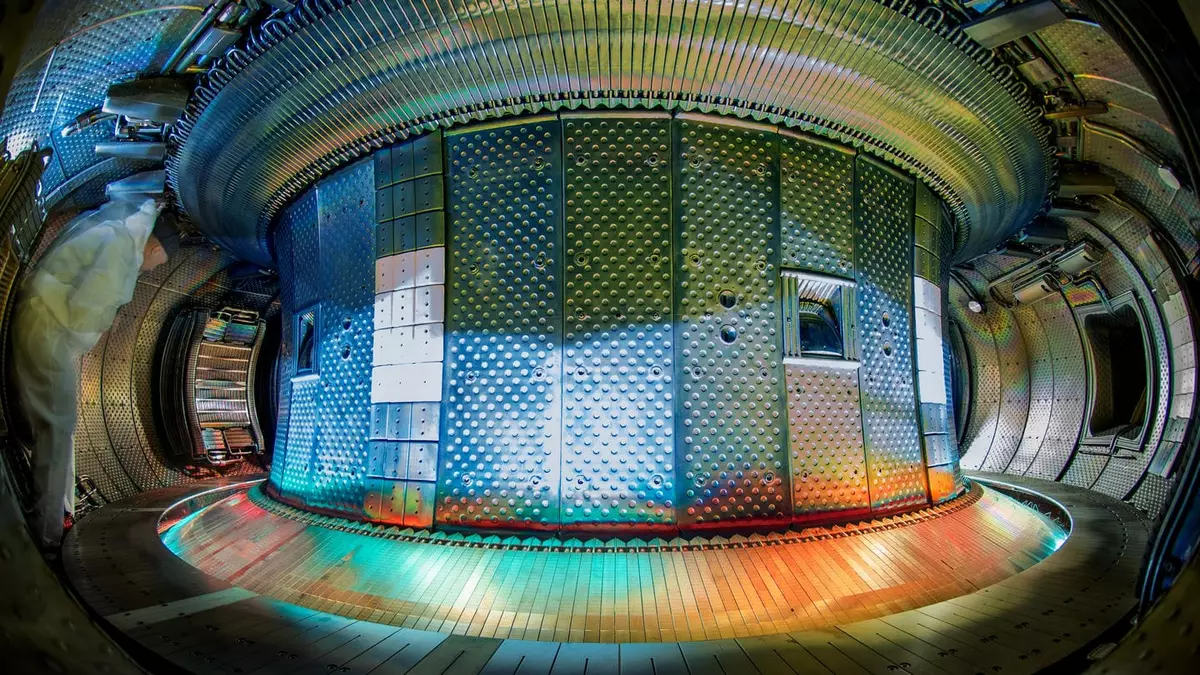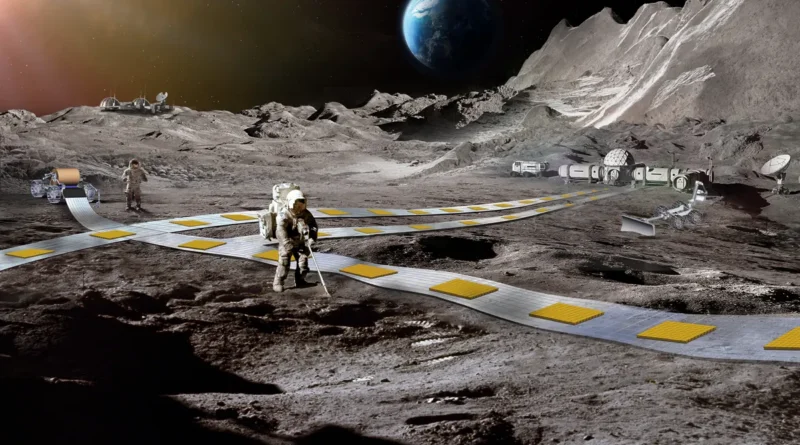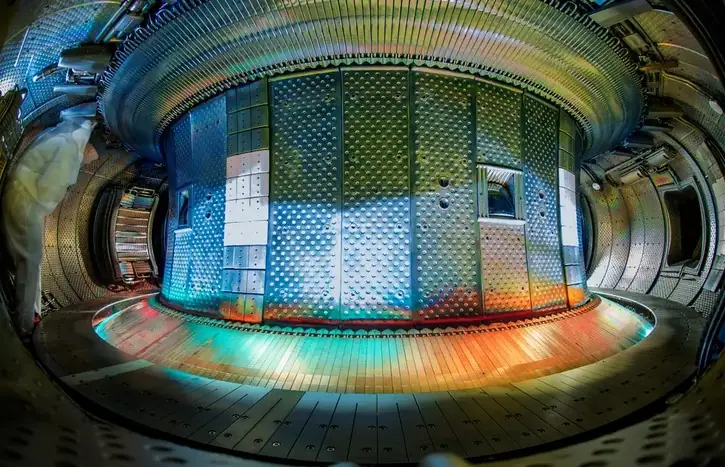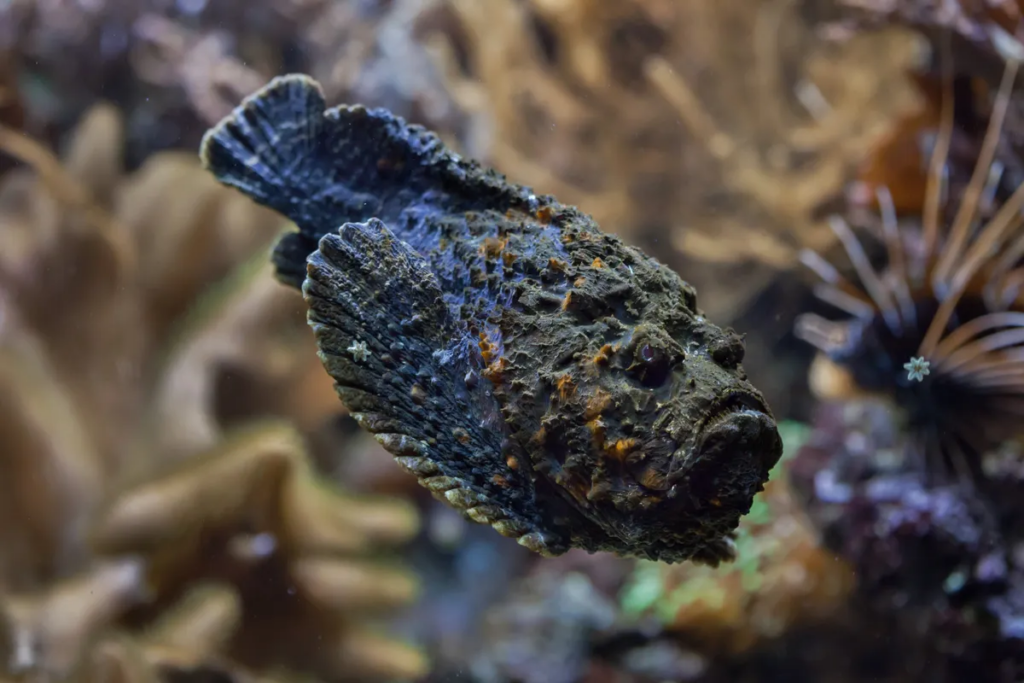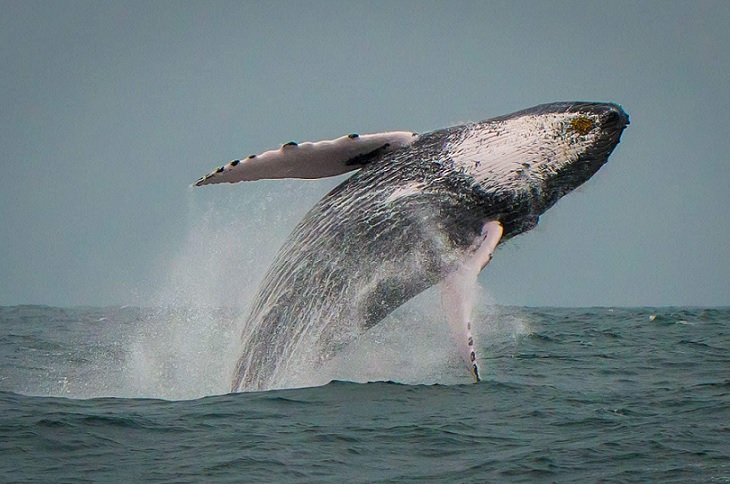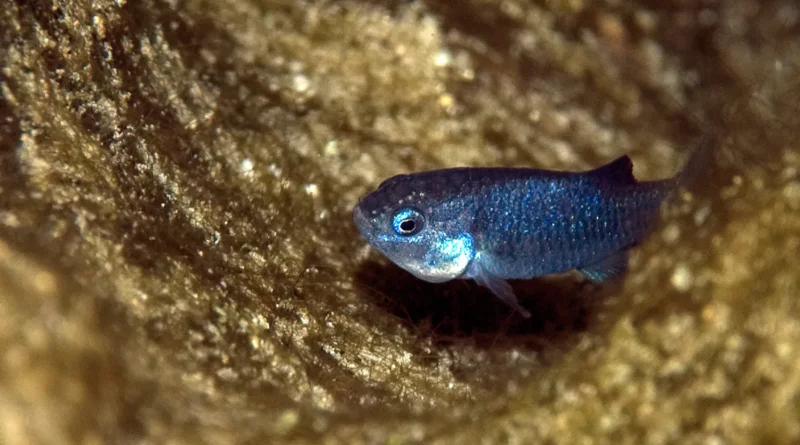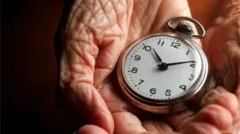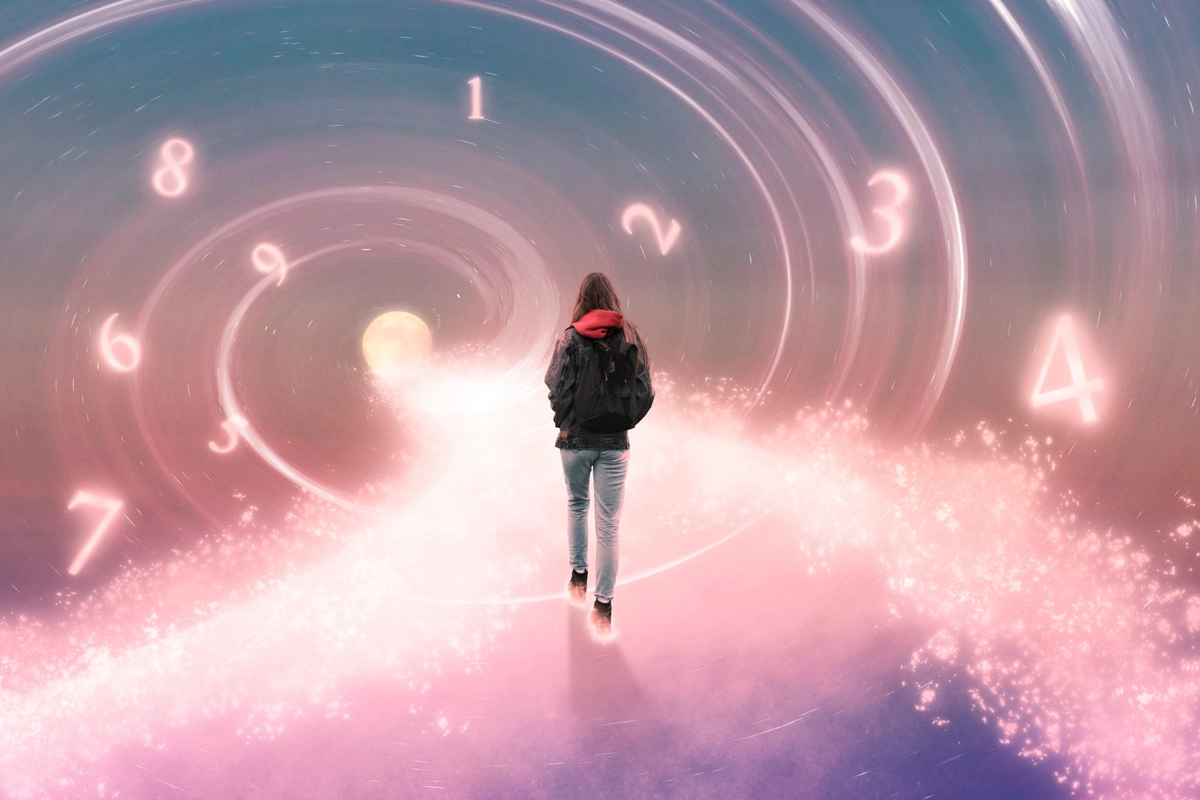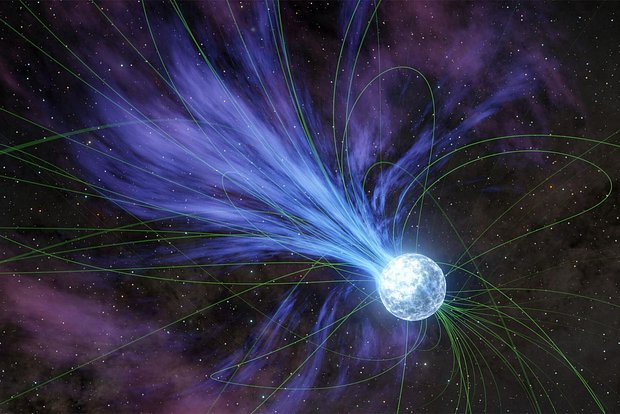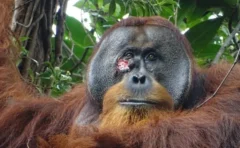Thanks to an international team of citizen scientists, with the help of astronomers from the European Space Agency (ESA) and some machine learning algorithms, a new sample of more than a thousand asteroids has been discovered in Hubble's archived data.
The methods used represent a new approach to finding objects in ten-year-old data that can be applied to other data sets as well.
The research group was headed by Pablo García-Martín, a researcher at the Department of Theoretical Physics at the Autonomous University of Madrid (UAM). It included representatives of ESA, NASA's Jet Propulsion Laboratory (JPL), Astronomical Institute of the Romanian Academy, University of Craiova, University of Cote d'Azur and Bastion Technologies.
The article describing their findings, “Hubble Asteroid Hunter III. Physical Properties of Recently Discovered Asteroids" recently appeared in the journal Astronomy & Astrophysics.
Ask any astronomer and they will tell you that asteroids are the material left over from the formation of the solar system about 4,5 billion years ago. These objects come in various shapes and sizes, from pebble-sized pebbles to planetoids.
Observing these objects is difficult because they are faint and constantly moving in orbit around the Sun. Thanks to its fast geocentric orbit, Hubble can capture stray asteroids thanks to the distinctive curved trails they leave in the frame. As Hubble orbits Earth, its perspective changes as it observes asteroids moving in their orbits.
Asteroids are also known to “photobomb” Hubble images of distant space objects such as UGC 12158 (see image above). By knowing Hubble's position when it took pictures of the asteroids and measuring the curvature of the streaks they leave, scientists can determine the distance to the asteroids and estimate the shape of their orbits. Being able to do this with large samples allows astronomers to test theories of the formation and evolution of the Main Asteroid Belt.
As Martin said in a recent ESA Hubble press release:
"We are increasingly studying the smaller population of main belt asteroids. We were surprised to see such a large number of candidate objects. There has been some hint that this population exists, but now we confirm it with a random sample of the asteroid population obtained using the entire Hubble archive. This is important for understanding the evolutionary patterns of our solar system."
According to one accepted model, small asteroids are fragments of larger asteroids that collided and smashed into each other over billions of years.
A competing theory states that the small bodies formed as they look today billions of years ago and have not changed much since then.
However, astronomers cannot offer any plausible mechanism why these smaller asteroids did not accumulate more dust from the circumstellar disk that surrounded our Sun billions of years ago (from which the planets formed).
In addition, astronomers have long known that the collisions should have left some sort of trace that could be used to test the modern population of the Main Belt.
In 2019, astronomers from the European Science and Technology Center (ESTEC) and the European Space Astronomy Center (ESDC) Science Data Center teamed up with the world's largest and most popular citizen science platform (Zooniverse) and Google to launch the Hubble Asteroid Hunter project ( HAH) to detect asteroids in archived Hubble data.
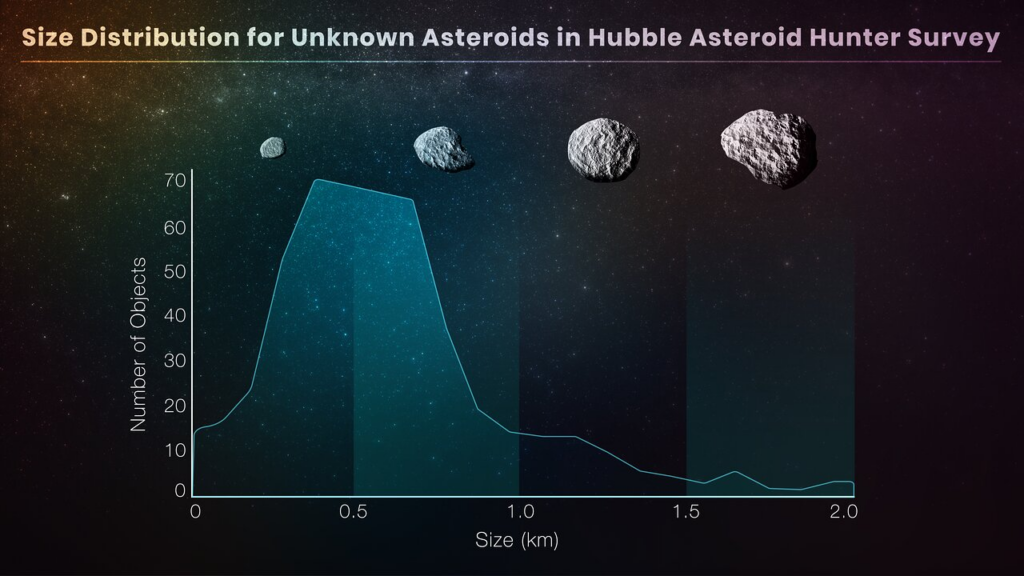
The HAH team consisted of 11 volunteer public scientists who analyzed 482 Hubble images over 37 years. After nearly two million identifications, the team received a training set for an automated machine learning-based asteroid identification algorithm. As a result, 000 asteroid tracks were detected, of which 19 corresponded to previously unrecorded asteroids, about 1 of which were less than 701 km (~1 ft) in size. Martin said:
This yielded 1,701 asteroid tracks, of which 1,031 correspond to previously uncatalogued asteroids – about 400 of which were less than 1 km (~1090 ft) in size.
Said Martin:
“The position of asteroids changes over time, so you can't find them just by entering the coordinates, because they may not be there at different times. As astronomers, we don't have time to go through all the images of asteroids. So we came up with the idea of working with more than 10 volunteer community scientists to review Hubble's vast archives."
This pioneering approach can be effectively applied to data sets accumulated by other asteroid-hunting observatories, such as the Spitzer Space Telescope and NASA's Stratospheric Observatory for Infrared Astronomy (SOFIA).
Once the James Webb Space Telescope (JWST) has accumulated a large enough dataset, the same method can be applied to its archived data.
The next step for the HAH project will be to study the bands of previously unknown asteroids to characterize their orbits, rotation periods and other properties.


 87
87

